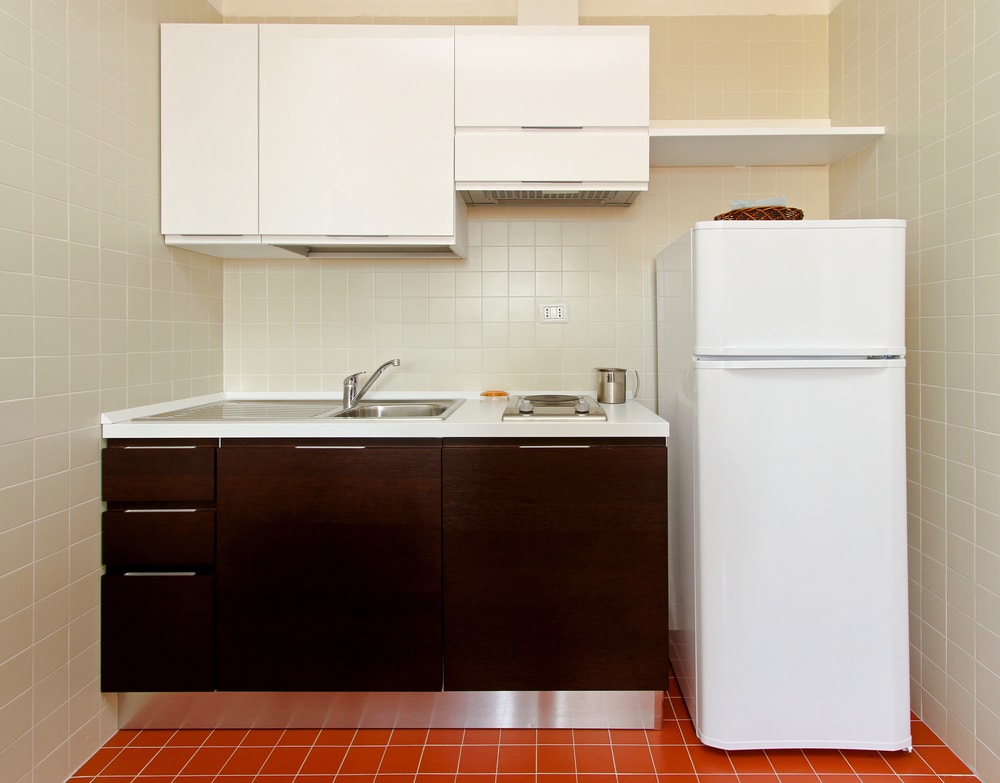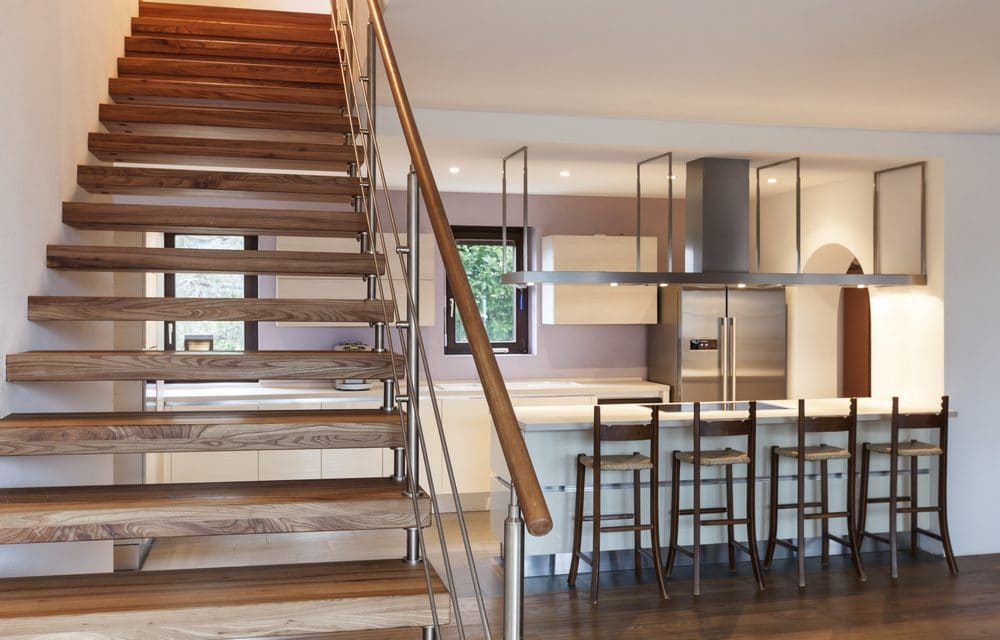Infinite Earth Radio – Power of Small – A Housing Revolution

TOPIC
The Multi-Generational Housing Model Movement
IN THIS EPISODE
02:49 Introduction of Rachel Ginis.
03:30 Rachel describes what an accessory dwelling unit is.
04:05 Rachel explains how she become an advocate and champion of accessory dwelling units.
06:51 Rachel shares the benefits for individuals who create accessory dwelling units.
08:52 Is the multi-generational housing form a good thing in society?
10:30 Rachel describes the obstacles that are involved with this model.
13:07 Rachel explains the regulatory environment surrounding accessory dwelling units.
19:47 Rachel talks about the rise in the cost of housing and creating affordable communities.
23:28 Rachel shares how people can learn more about her work.
24:26 Rachel explains what people can do to introduce accessory dwelling units in their communities.
26:15 Rachel shares one change that would lead to smarter, more sustainable, and more equitable communities.
26:31 Rachel describes the action listeners can take to help build a more equitable and sustainable future.
26:44 Rachel explains what communities look like 30 years from now.
GUEST
Rachel F. Ginis is the Executive Director of Lilypad Homes. Rachel held on to her home as a single working mom by temporarily turning the master bedroom into a lovely junior apartment. That experience led her to develop an innovative model for flexible housing and to successfully advocate for its adoption in California. Rachel is a third-generation designer, following in the footsteps of her mother and grandmother. She received her bachelor’s degree in Anthropology from the University of Maryland where she studied housing patterns as a reflection and influencer of society. She has been in high-end residential design for over twenty years, is a LEED accredited designer, and a general contractor. Rachel has a passion for small, efficient spaces and believes the home plays a critical role in financial and personal well-being.
ORGANIZATION
Lilypad Homes is a nonprofit organization dedicated to creating flexible housing that offers more affordable housing options for homeowners and renters. We do this by supporting and facilitating the creation of second units or in-law apartments that meet individual homeowner needs. Lilypad offers services to help homeowners assess their home’s suitability for a second unit, and to assist them through the financing, design, permitting, and construction process.
Lilypad Homes was created for many reasons: to provide much-needed housing, to make homeownership more affordable, to house loved ones, caregivers and people who work in the community, and to create resilient, self-sufficient communities capable of housing critical service providers. While all of these are true and vital reasons they do not actually explain how Lilypad Homes got its start. The idea for Lilypad germinated in 2000 when Rachel Ginis, the organization’s founder, became a single parent. As a residential designer, she did not earn enough money to remain in her home in Marin County (California). Rachel determined to temporarily repurpose the master bedroom into a lovely little living space. The income from that 230 square foot efficiency apartment allowed her to hold onto her home, keeping her daughter in school just down the road from her father’s house. Because Rachel’s daughter was 4 years old at the time, she did not feel that taking on a roommate was a viable option; she needed to secure their privacy. She also needed to ensure she could meet the monthly mortgage. Privatizing a bedroom was a sensible solution and created a reliable income stream from a little-used room.
Rachel created Lilypad to empower other women going through transitions to hold on to their homes, since women are often left with the house after a divorce or death in the family. And because they make less money on average than men, they are often not in a position to cover the costs of homeownership on their own. She recognizes, of course, that this housing strategy is an opportunity for everyone.
TAKEAWAY QUOTES
“An accessory dwelling unit is a home on a property that’s secondary to the main living space. It acts as a completely independent living unit, meaning that it has kitchen, living, sleeping, and sanitation facilities. In general, they run on average around 750 square feet, and most people require that the owner occupies the property.”
“I can tell you from my anthropological background I recognize the fact—and many people do—that we are moving back towards a multi-generational housing model. In other words, families are more and more pooling their resources to maintain and even purchase homes, and so people are also more often looking to their home as a resource to create income because we are in the middle of a massive housing crisis and yet we are the most over-housed community, I think, in global history.”
“I think it’s true that families are again coming together and we’re creating more long-term, vested communities; and I also think that we are living in a time of great diversity, and resilient communities have diversity built in. I say that this type of model allows us to really create communities with, if it all goes well, the people who serve our community, who participate in our community—whether that means family members or the people who actually work to make our community happen every day—can actually live in that community. And based on, from an environmental perspective, the idea that people can live close to their work is, I would say, vital for our very survival, if you will; but it also builds diverse, resilient communities.”



![What Exactly is a Zero Energy / Net Zero Home? [Podcast]](https://elemental.green/wp-content/uploads/2017/02/Depositphotos_86352294_m-2015-440x264.jpg)




